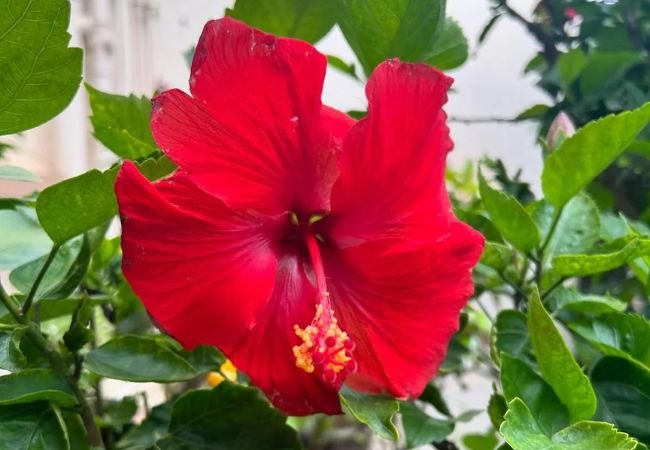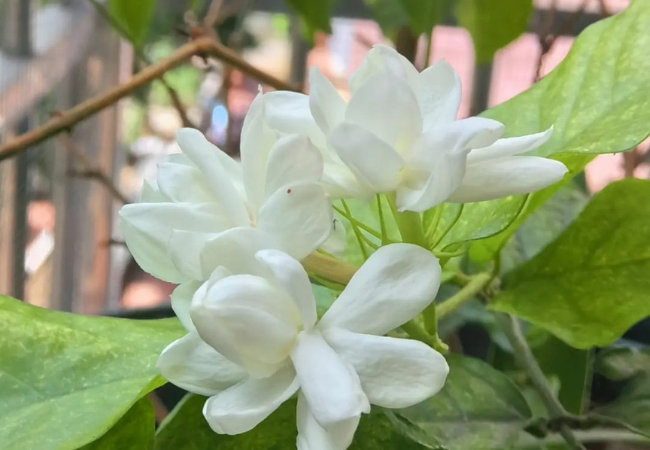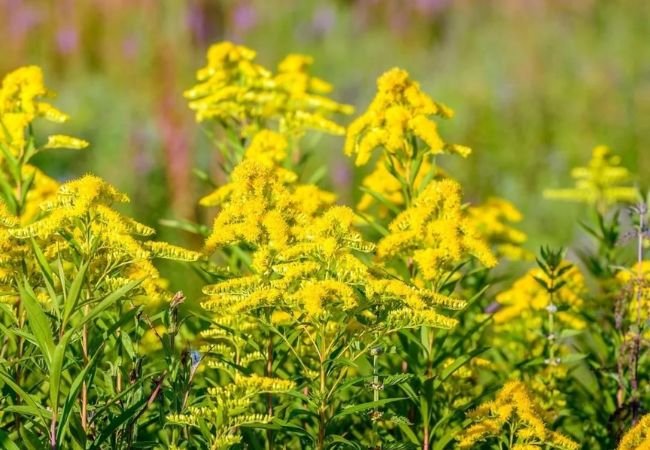Learn all about the beautiful Hibiscus Flower – its types, care, uses and more. Discover why this tropical bloom is loved by gardeners and how you can grow it at home.
Have you ever seen a big, colorful flower that looks like it belongs on a tropical island? That might be a Hibiscus! These eye-catching flowers are popular in many parts of the USA. Let’s learn more about these beautiful blooms.
Certainly! Here’s a chart with information about Hibiscus flowers:
| Aspect | Details |
|---|---|
| Botanical Name | Hibiscus spp. |
| Common Name | Hibiscus, Rose Mallow |
| Plant Type | Perennial, annual, or shrub (depending on species) |
| Hardiness Zone | Zones 5-11 (depending on species) |
| Sun Exposure | Full sun |
| Soil Type | Well-drained, fertile, moist soil |
| Watering Needs | Regular watering; keep soil consistently moist |
| Growth Habit | Upright, bushy |
| Height/Spread | 3-10 feet tall / 3-8 feet spread (varies by species) |
| Special Features | Showy, large flowers, attracts pollinators, can be used as a hedge or specimen plant, some species have medicinal uses |
What is a Hibiscus?

A Hibiscus is a type of flowering plant that comes in many shapes and sizes. Some are small bushes, while others can grow into tall trees. They’re known for their large, showy flowers that can be as big as a dinner plate!
Types of Hibiscus
There are two main types of Hibiscus that people in the USA grow:
- Tropical Hibiscus: These plants love warm weather and bright colors. They’re often grown in pots so they can be moved indoors when it’s cold.
- Hardy Hibiscus: These can survive colder temperatures and are planted in the ground. They’re also called “rose mallows.”
To learn more about plant classifications, visit the USDA Plants Database.
What Do Hibiscus Flowers Look Like?
- Size: Hibiscus flowers can be 4-8 inches wide.
- Colors: You can find Hibiscus in red, pink, orange, yellow, white, and even blue!
- Shape: The flowers have five petals and a long, tube-like center.
Where Do Hibiscus Grow?
Hibiscus plants grow naturally in warm places. In the USA, you’ll see them outdoors year-round in states like Florida, Hawaii, and parts of California. In colder states, people often grow them in pots or as indoor plants.
For information on growing zones, check out the USDA Plant Hardiness Zone Map.
Growing Hibiscus at Home
Want to grow your own Hibiscus? Here’s what you need to know:
- Sunlight: Hibiscus love the sun. Give them at least 6 hours of direct sunlight each day.
- Water: Keep the soil moist but not soggy. Water deeply when the top inch of soil feels dry.
- Soil: Use well-draining soil. Mix in some compost for extra nutrients.
- Temperature: Most Hibiscus prefer warm weather. Bring tropical varieties indoors if temperatures drop below 50°F (10°C).
For more gardening tips, visit the National Gardening Association.
Uses of Hibiscus
Hibiscus isn’t just pretty to look at. People use it in many ways:
- Tea: Dried Hibiscus flowers make a tart, red tea that’s full of vitamin C.
- Food: Some cultures use Hibiscus in salads or as a vegetable.
- Medicine: In some places, people use Hibiscus in traditional medicines.
- Decoration: The bright flowers are great for brightening up a room or garden.
To learn about the safety of herbal products, visit the FDA’s website.
Caring for Hibiscus Plants
To keep your Hibiscus happy:
- Prune regularly to encourage new growth and more flowers.
- Fertilize during the growing season with a balanced fertilizer.
- Watch out for pests like aphids and whiteflies.
- Protect from strong winds that can damage the delicate flowers.
Hibiscus in History and Culture
Hibiscus flowers have been important in many cultures for a long time. In Hawaii, the yellow Hibiscus is the state flower. In many tropical countries, people wear Hibiscus flowers in their hair or use them in religious ceremonies.
For more on the cultural significance of plants, check out the Smithsonian’s Gardens.
Whether you’re a seasoned gardener or just starting out, Hibiscus flowers can add a splash of tropical beauty to your life. With their big, bright blooms and relatively easy care, they’re a great choice for many gardens. So why not try growing a Hibiscus and bring a bit of paradise to your own backyard?
Remember, every plant has its own personality. Don’t be afraid to experiment and find out what works best in your garden. Happy planting!
For more gardening tips and plant care guides, visit usagardenhub.com.







One comment on “The Vibrant Hibiscus Flower : A Guide for Garden Lovers”